Review rhinoplasty is an operation aimed at correcting unsuccessful results after plastic surgeries already performed to correct the nose. Rhinoplasty revision is the only way out for patients who after rhinoplasty have obvious visible deformities of the outer nose or its functional impairment. So sometimes after rhinoplasty, patients notice an unnatural divergence of the nasal wings or their apparent asymmetry. Sometimes a bumpy nose turns into a "saddle" nose - with a very low nose, after the surgeon removed too much bone or cartilage tissue.
It also happens that the reason for the patient's dissatisfaction may be related not to the technique of the operation, but to the individual characteristics of the organism. For example, after healing, the scar on the columella becomes large and visible. The nasal septum looks more convex and visually elongates the nose due to a predisposition to the unpredictable growth of scar tissue, or as a result of an incorrectly performed surgery. Review rhinoplasty allows you to solve such problems and restore the correct natural shape of the nose, restore the nasal breathing functions and restore the patient's confidence and withdrawal.
Secondary rhinoplasty - approaches and methods
As a rule, patients who applied for secondary rhinoplasty are disappointed, caring people who have little faith in the successful outcome of a second surgery. During the consultation, we try to gather a complete medical history, study photographs before rhinoplasty, in order to understand what manipulations have been performed and in what nasal structures. We recommend that such patients undergo an MRI before undergoing review rhinoplasty - analysis of this data allows us to create an objective view of the internal structures of the nose, describe an operation plan, and agree withpatient for the possibility of revision rhinoplasty.
Curved nose after rhinoplasty
One of the main complaints of patients is that after rhinoplasty the nose is crooked, the tip of the nose is not quite elegant, the back of the nose has bulges or cramps. Sometimes nose contouring can be recommended to correct small defects. But, unfortunately, major flaws can only be corrected during a second operation.
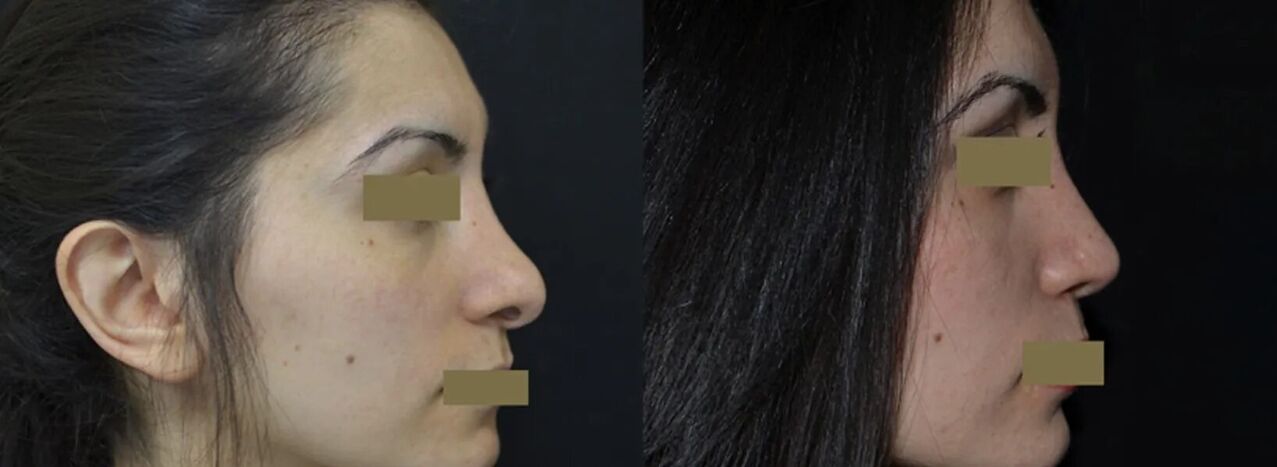
Sometimes the situation makes it possible to do without a second operation, to use the possibilities of drug therapy, as, for example, in the case of very convex wounds. To correct minor asymmetries, we recommend non-surgical rhinoplasty - the use of fillers, or the use of drugs containing botulinum toxins to rotate the tip of the nose. But more often, surgical correction is still required, for example, transplanting someone’s cartilage tissue to fill the saddle-shaped depression or rotating the tip of the nose and restoring the shape of the nasal alae by correcting the position of the nasal septum. and nasal alar jumps.
One can talk about the possibility of rhinoplasty only after 6-8 months after the first rhinoplasty. This, first, due to the fact that the final restoration of the tissue requires a long time, within a few months after surgery, the shape of the nose changes and the "defects" that the patient notices immediately after plastic surgery may disappear. completely over time. Moreover, an operation, even a minimally invasive one, always damages the tissues and nerve endings to a greater or lesser extent - therefore, before performing a second operation, you should wait for complete healing.
The latest rhinoplasty techniques using microinstruments are such that the consequences of any unsuccessful surgery can be eliminated. The main thing is to seek help from a qualified specialist.
Causes of complications: the surgeon's fault or the patient's fault?
It would be wrong to put all the blame on the patient on the shoulders, but it would also be a big mistake to blame the plastic surgeon for everything. The reason for the formation of a defect can be both the low qualification of a specialist and the inattentive attitude of the patient to the recommendations received. In a certain percentage of cases, a "crooked nose" and other complications of rhinoplasty are associated with an unfavorable course of regenerative processes and no one can be blamed in such a situation.
And yet, the mistakes of plastic surgeons can really cause deformity of the nose after rhinoplasty. Therefore, the choice of a specialist and a clinic should be given special importance. You can not choose a doctor at "low prices", health and beauty can be entrusted only to an experienced master of his craft. Otherwise, you will probably have to pay twice.
Listed below are some of the possible mistakes that plastic surgeons make and the aesthetic complications of rhinoplasty that can lead to:
Wrong placement of grafts. Autologous material transplantation (patient cartilage tissue) or installation of synthetic implants is quite often used in nasal remodeling. If the implants are placed asymmetrically, after tissue healing, the patient will see a "crooked nose" and a pronounced asymmetry.
asymmetric correction. Many rhinosurgery operations involve interventions on the bones and cartilaginous elements of the nasal skeleton, including resection of a portion of the hard tissue. If the resection on the right and left side is performed unevenly, after rhinoplasty there is a curvature of the nose and asymmetry.
As already mentioned, the development of an aesthetic complication after rhinoplasty is not always the result of the surgeon's mistake or the patient's irresponsibility in the rehabilitation phase. The following are the causes of complications that can be called the consequence of a number of unfavorable circumstances:
transplant extraction. Tissue or implant grafting is used in many rhinosurgical operations. Unfortunately, the implant may move during the recovery period. The result will be a curvature of the nose or its asymmetry.
Cartilage transplant resorption. Cartilage graft is a living tissue that is exposed to the action of body enzymes. With an unfavorable flow of regenerative processes, part of the graft can be destroyed by enzymes. The result will be a "crooked nose" or a violation of the symmetry of the right and left halves.
Cartilage transplant distortion. Distortion is a Latin word that translates as "curvature". Cartilage is elastic and flexible. Under the pressure of other anatomical formations of the nasal skeleton, as well as due to strong tissue edema, it can be deformed. This will result in a deviated nose.
Violation of bone and cartilage integration of the spine. During the operation, the connection between the bones and the cartilage elements that form the back of the nose is broken. If during the rehabilitation period there is no proper integration of these structures, the deformation develops step by step.
Excessive callus growth. The process of bone regeneration involves an intermediate stage of formation of a bone callus, which will later be replaced by a complete bone tissue. If the regenerative processes are very active, in this place is formed an excess of tissue, which is manifested from the outside with a lump, a "lump" or asymmetry. There may be a deviated septum.
Hypertrophy of scar tissue in the apex area. As a result of the abnormal growth of scar tissue in the region of the tip of the nose, more precisely, directly above the tip, an excess of tissue is formed, which from the outside is manifested as a coracoid deformity.
It remains to list some mistakes of the rehabilitation period by the patient, which can lead to a curvature and deformation of the nose:
- wearing glasses;
- displacement or self-removal of plaster fixative;
- self-removal of rhinological splints (tampons in the nasal passages);
- accidental mechanical damage to the nose;
- sneezing with the mouth closed;
- bounce out;
- alcohol consumption, smoking during rehabilitation;
- early resumption of the sport.
Consequences of such an operation
Rhinoplasty is an expensive, complicated and sometimes necessary operation. What do you need to know about the consequences?
When deciding on such an operation, you should be aware that the procedure is fraught with complications. It is not that there are inherent difficulties that are inevitable in the field of any operation, they pass after a certain time. These include: hematoma, bruising under the eyes, difficulty breathing, impaired sense of smell, temporary asymmetry, numbness.
What could be the reason for this?
- Violation of the rules of preparation and conduct during the recovery period,
- Individual characteristics of a person.
The final result becomes known only after a year, sometimes a little later. No doctor can predict it for sure.
Complications after rhinoplasty
Complications after rhinoplasty can be classified as:
- aesthetics,
- functional,
- Psychological.
The last point stands somewhat far, it derives from the previous two. However, sometimes it stands out especially, as it can continue in a complex form, which depends on the level of the main complication and the psyche of each individual person. Likewise, functional complications can leave traces in point 1 (aesthetic), as all functional disorders also have external manifestations.
Consequences of rhinoplasty
Frequency of display
Complications appear throughout the operation and. They can be divided into 4 time periods:
- Directly during surgery, most often it is severe blood loss,
- Immediately after surgery
- During the recovery period
- At the end of the rehabilitation period.
In addition to bleeding, complications include severe wounds, adhesions, bone damage, airway obstruction, and bruising.
Expected and unavoidable complications pass in 2 weeks. Risk are "unexpected" complications:
- infection,
- Tissue necrosis (skin, cartilage, bone),
- Suture divergence (easily eliminated).
Let's look in more detail at some of the intricacies.
kind
Edema
Swelling after rhinoplasty is a natural phenomenon. It would be wrong to call it a real complication. Edema appears in the operated area and under the eyes. Immediately after surgery, it is clearly visible. It falls in about two weeks. Swelling may be present for longer - up to six months. The reasons for the duration and quality of edema are strictly individual.
callus
If a violation of bone structures is required during surgery, then the formation of a bone callus can not be avoided. Her presence is the norm. One complication is the overgrowth of bone tissue. Such a complication leads to a deformity of the nose, a violation of harmony.
Callus formation after rhinoplasty is a natural process of protecting the body from external influences. This is the process of bone regeneration. New connective tissue first appears, then thin bone fibers form, and finally bone tissue completely replaces soft tissue. The surgeon's task is to prevent the intensity of this process.
The nose rotates sideways
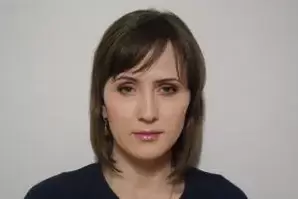
What was the purpose of the operation? If the reason was the elimination of the curvature of the nose, then the immediate result after surgery can be satisfied, the curvature disappears. However, by the end of the rehabilitation period, it may return, as the nasal tissues do not have a "memory". In this case, a correction is required.
But swelling can also be the cause of curvature. In this case, it is a natural complication that will fail at some point. Here again individual characteristics play a role. For one, the period will be 2 weeks, for another - a month, two, three.
In any case, such a curvature will be the norm. You can speak no earlier than one year if the problem persists.
The nose does not breathe
Violation of nasal breathing after rhinoplasty can be caused by blockage of the nasal passages. This usually happens during the rehabilitation period. The cause of the complication is allergic or reciprocal rhinitis. This requires medical treatment. Surgery is only necessary if treatment fails.
With delayed complications (which occur after a long time), there may be a narrowing of the nasal passages, which also leads to difficulty in nasal breathing. This causes a feeling of unease. In this case the intervention of reconstructive surgery is required, as the cause of the complication is the increase in the amount of tissue in the inner part of the nostril. It should be stopped.
Hanging nose
This complication is called "empty". The reason is deformation due to cranial bone fracture at the time of osteotomy, when it is not possible to concentrate the fragments. The reason may be an excess seal on the nose. Corrected only with repeated osteotomy.
Bad smell
An unpleasant odor in the nose after rhinoplasty is a natural phenomenon. It is not a complication and is acceptable throughout the first year after surgery.
Temperature
After rhinoplasty, the body temperature rises, which is normal. It does not last more than 3 days. In other cases (high fever, prolonged time), you should consult your doctor.
Other complications
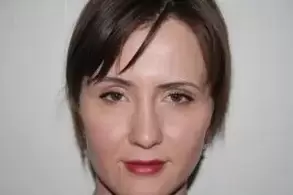
After the operation, the sense of smell is disturbed, which is quite natural. It will gradually return to normal. have a reddish or pink tinge. Not only that, they tend to grow.
To eliminate them, all the requirements of the surgeon, which are necessary during the recovery period, must be met:
- Treatment of sutures with drugs prescribed by a doctor,
- Keloid scars require corticosteroids
- In some cases, a corrective operation may be prescribed.
Rhinoplasty is a serious but quite common operation. What matters is not only the experience of the specialist, but also your attitude towards the procedure. Negligence is unacceptable. You must fully trust the surgeon, meet all the necessary requirements. Of course, the qualification of a specialist should not be questioned.
It is no secret that facial imperfections create a prejudiced public perception that is important to people's self-esteem. Often the loss of attractiveness causes a state of depression. Namely, it is logical that facial deformities that reduce symmetry reduce the quality of life and self-confidence of patients.
Causes of curvature
Crooked nose is a generalized term used to define deformations associated with the deviation of the nasal pyramid in relation to the sagittal middle axis of the face passing through the center and dividing the face into equal parts.
The patient history includes traumatic injuries and congenital deformities of the nose. Of all the facial bones, the nasal bones are the most fractured and these fractures often result in aesthetic changes and deviations of the nose. As a rule, the curvature of the nasal septum occurs due to its deviation, different variants of curvature of the septum make it possible to approximate it.
A deviated nose can also result from asymmetric growth of nasal structures or from rhinoplasty. A nose with sunken features may look crooked, although the structure does not actually deviate from the median axis. Sometimes deformities of the nasal septum occur during childbirth.
How is the lining done?
Today, rhinoplasty is one of the major cosmetic surgeries performed by plastic surgeons. The main indications for rhinoplasty are functional and cosmetic disorders. Rhinoplasty is a delicate and complex operation from a functional and aesthetic point of view. Therefore, alas, the level of review rhinoplasty is quite high.
Crooked nose, the result of complex deformations of structural elements, which includes:
- nasal septum;
- upper and lower lateral jumps;
- the bones of the nasal pyramid.
Leading to functional and cosmetic disorders. The main cause of curvature is considered to be excessive deviation of the nasal septum.
Lakim septal
Deformations are divided into two main categories. They include:
- cartilage deviations (2/3 lower);
- bone deviations (upper 1/3 of the nose).
Bone deviations in the upper 1/3 are usually corrected with a controlled nasal bone fracture or osteotomy and displacement in the midline. The purpose of an osteotomy is to create mobile bone segments that can be turned into a favorable anatomical orientation and position. The risk of bone displacement in the original curved position is low.
Nasal cartilage deviations are most often among the most complex deformations that are difficult to correct. Many lower 1/3 deviations involve displacement of the main nasal septum. To correct it, its base is leveled, including the correction of the nasal bones and nasal septum. With a significant curvature of the cartilage portion, additional transplantation of the cartilage material may be necessary.
Correction of rhinoplasty
One of the most difficult tasks of rhinoplasty is to correct the crooked nose. The curvature may remain after the first rhinoplasty, or even after the second surgery.
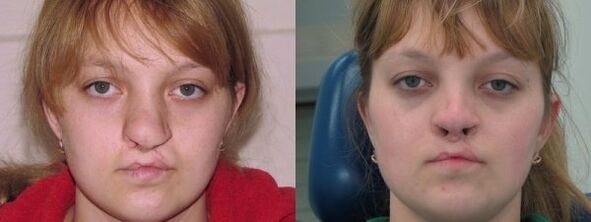
The process after rhinoplasty can be quite unpredictable. As a general rule, revision rhinoplasty to correct postoperative deformities may be required in approximately 3-6% of cases, but in cases of nasal deformity, this figure may be much higher.
A number of nuances complicate the correction of the curvature of the nasal structures:
- The main factor is that the curvature of bone and cartilage tissue has a certain level of memory. Cartilage constantly tends to return to its original position. Natural tension exists in the soft tissues and cartilage structures, continuing to affect the nose after rhinoplasty, which makes it difficult to achieve a good result after surgery. Thus, the nasal structures tend to move towards their original position.
- Another factor that can lead to the return of the nose to its original curved shape is incomplete correction of the deviated septum. In addition, with a deviated congenital nose, septal deviation may pass under conditions of facial asymmetry. This means that it can be difficult to find the true sagittal lumbar plane in order to try to place a new nose position in it.
Why is the nose crooked after rhinoplasty?
We must not forget that having a completely straight nose is quite a challenge. After a significant improvement, there may be a slight asymmetry or residual deviation. A slight curvature is considered acceptable. The most difficult task is to make the front view symmetrical, as the occasional lighting casts shadows and the nose may look asymmetrical.
There are many reasons why the nasal septum may be crooked after rhinoplasty. This is probably the result of a movement of asymmetric edema and / or soft tissue nasal bones. Healing after rhinoplasty is a dynamic process.
For the first time a few weeks after surgery, swelling of the structures may be asymmetric. This will probably create the illusion that the septum is curved.
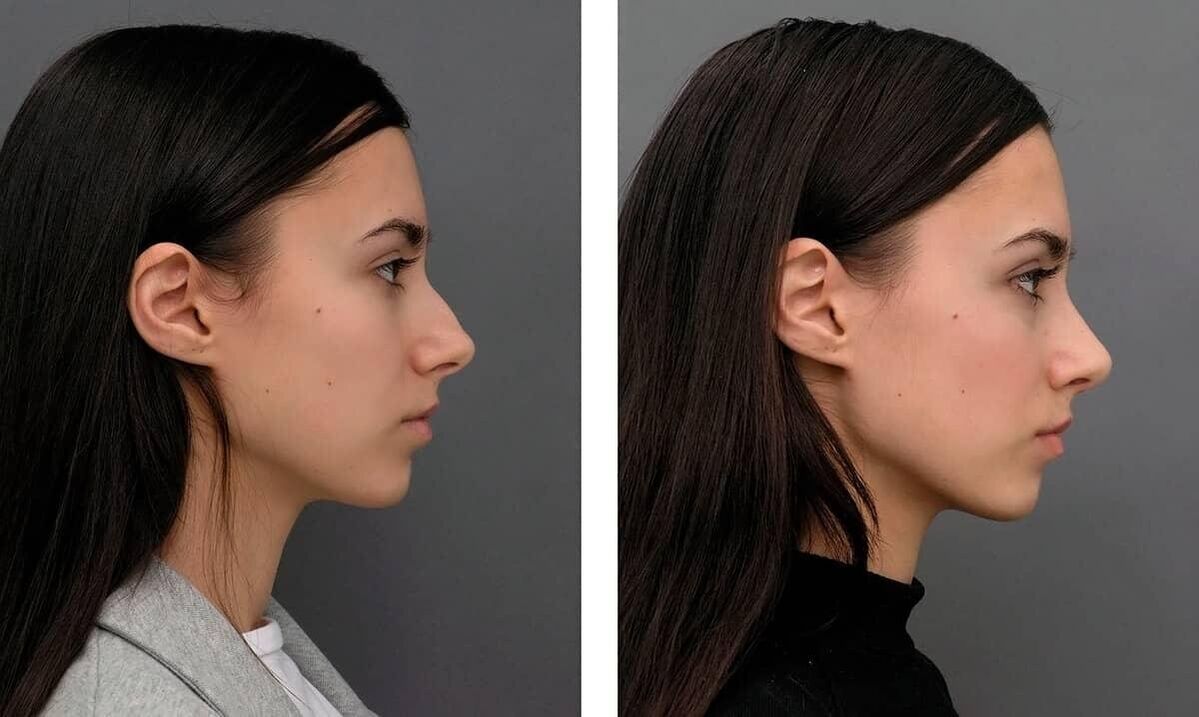
The intensity of swelling after surgery can also fluctuate in different parts of the nasal structure. Many swellings after rhinoplasty disappear within a month. It will take much longer to resolve the last 25% swelling, over the course of a year or longer after rhinoplasty. The final effect of the operation can last 20-36 months.
Swelling after rhinoplasty depends a lot on the nature of the operated nasal structures, the surgical approach, the postoperative care and the thickness of the skin. After open rhinoplasty, if an external incision is made near the base of the nose, the swelling will be longer and greater than in closed rhinoplasty. People with thick skin will have more swelling.
Swelling occurs under the influence of gravity, which means that the upper back becomes already the first. In general, the nose has a certain degree of swelling throughout the year.
When the septum is lined and well maintained, the nose initially looks straighter, and then, more often than not, deviates after a certain time. At first, the swelling will hide the deviations, which may become more pronounced over time.
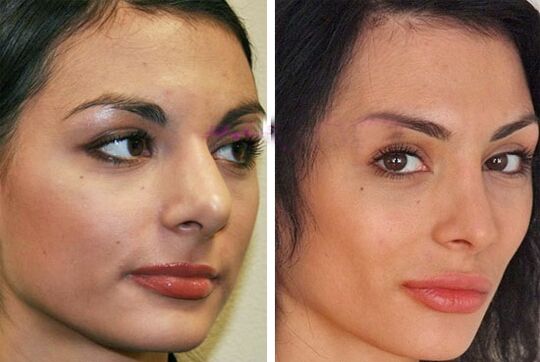
Review rhinoplasty aims to correct defects that were not considered in the first operation, for example, a deviated septum that makes the appearance distorted or that results from incorrect rhinoplasty or poor healing.
Rhinoplasty necessarily involves two different procedures, on the left and right side of the nasal septum. Asymmetry can occur due to uneven correction of the sides, different intensity of the teeth during healing. Bending may occur as a result of excessive removal of cartilage on one side. A deviated septum can be corrected. Review rhinoplasty may include cartilage transplantation.
The complete result of rhinoplasty can be observed after one year of observation. If nasal curvature persists after surgery, it is necessary to wait 5-10 months before proceeding with revision rhinoplasty. Too early surgery can lead to new problems.




















